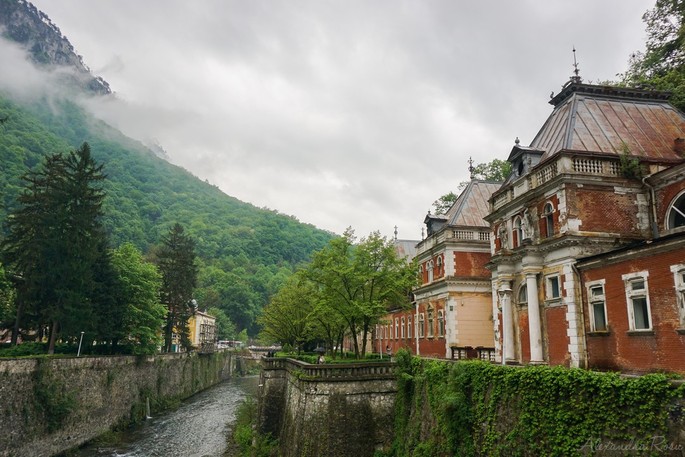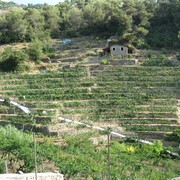The spa town is documented from 153 AD on a votive table discovered in the archeological sites opened in the mid-19th century:
“To the gods and water divinities, Ulpius Secundinus, Marius Valens, Pomponius Haemus, of Carus, Val, Valens, sent as Roman delegates to assist in the election of their former colleague Severianus as consul, returned unharmed and erected this tribute of appreciation”.
Discovering the hot springs of Dacia, Emperor Trajan, who borrowed the spa cult from the Greeks, laid the foundations of a spa town (102 AD) in the valley of Cerna River. Here, at Therme Herculi, the Romans built several spas dedicated to Hercules (the patron of hot springs) and, in time, they started to be appreciated for their therapeutic value.
The modern history of Herculane Baths begins after 1718, during the Austrian Empire, as the spa town was rebuilt and modernized after 1736 in a baroque style. Besides the therapeutic use of the waters, the hot springs also benefit from spectacular natural scenery.
Located in a picturesque valley, surrounded by mountains with secular forests of firs, pines, oaks and alders, the spa town is rich in marvelous landscapes. The clean air, rich in ozone, goes hand in hand with the effects of the hot spring therapy. The hikes around the spa town which are made on routes provided with belfries and benches represent an excellent physical and psychic relaxation method. The technical equipment is high end, the treatment methods are varied, from the standard spa cure to ultramodern methods of physiotherapy, electrotherapy, acupuncture etc.
If you reach the spa town, don’t hesitate to visit the Herculane Railway Station, a historical monument which Travel Europe said to be “the most beautiful historical railway station of C.F.R” (the state railway carrier of Romania).
Erected between 1778 and 1886, the building was initially a hunting house of the Emperor Franz Joseph of Austria. A faithful copy of the hunting castle near Wien of the Empress Maria Theresa, the baroque building is highlighted by an elegant appearance. The inside is decorated with murals representing elements of Romania mythology.
Sources/photos:























